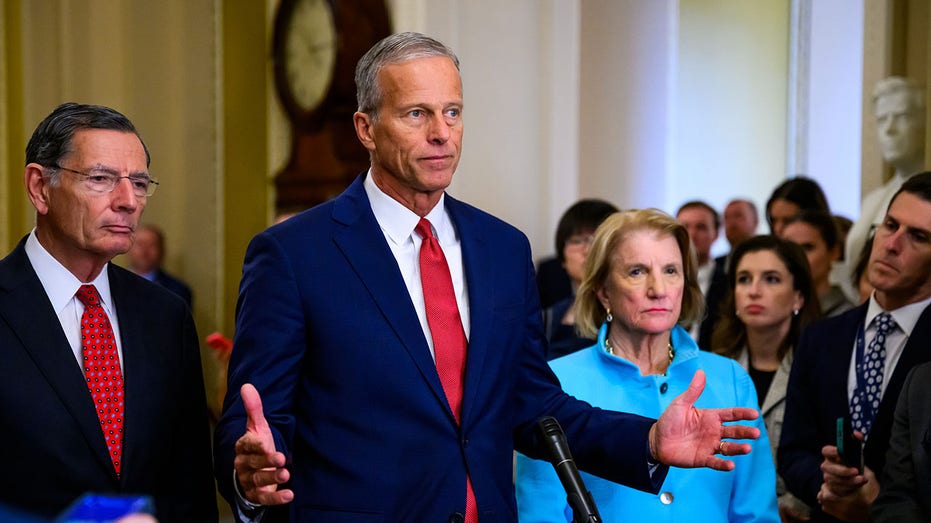A flicker of hope emerged from the Senate as Republicans presented a potential pathway to end the agonizing 40-day government shutdown. The move, unveiled Sunday, represents a significant attempt to break the deadlock and restore essential services to a nation increasingly frustrated by political stalemate.
The core of the Republican strategy centers around a “minibus” – a package of three spending bills focused on critical areas like military construction, veterans’ affairs, the legislative branch, agriculture, and the Food and Drug Administration. This isn’t a complete solution, but a calculated step designed to reignite the stalled funding process.
While the contentious issue of Obamacare subsidies remains a major sticking point, appropriators are betting that this bipartisan-leaning package will prove irresistible to enough Democrats. The hope is that its broad appeal will create momentum and force a compromise.
Senate Majority Leader John Thune signaled a shift in tactics, indicating he will only bring a bill to a vote if it’s guaranteed to pass. This contrasts with previous weeks where he challenged Democrats to oppose the House’s initial continuing resolution, a move that only deepened the impasse.
Lawmakers are now awaiting the text of an updated continuing resolution, a temporary measure expected to reopen the government through late January. This resolution, combined with the minibus, represents the most concrete plan yet to alleviate the crippling effects of the shutdown.
The coming days will be crucial. The success of this strategy hinges on whether Senate Democrats will embrace the offered package and engage in good-faith negotiations. The nation watches, hoping for a resolution that prioritizes essential services over partisan politics.






